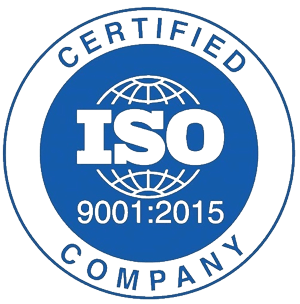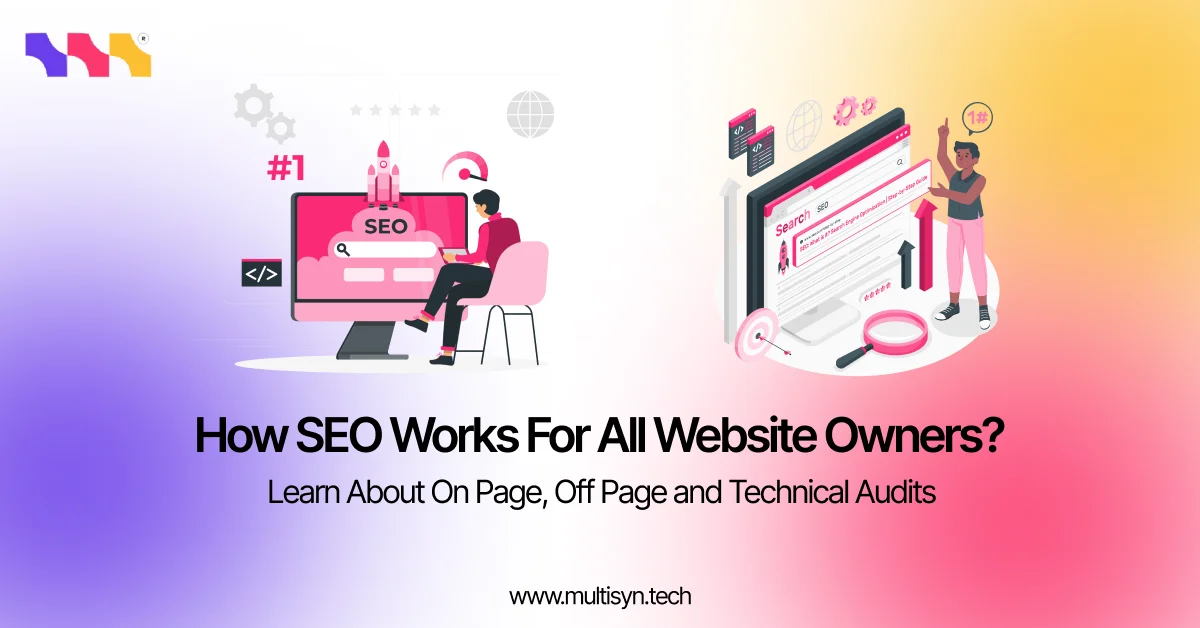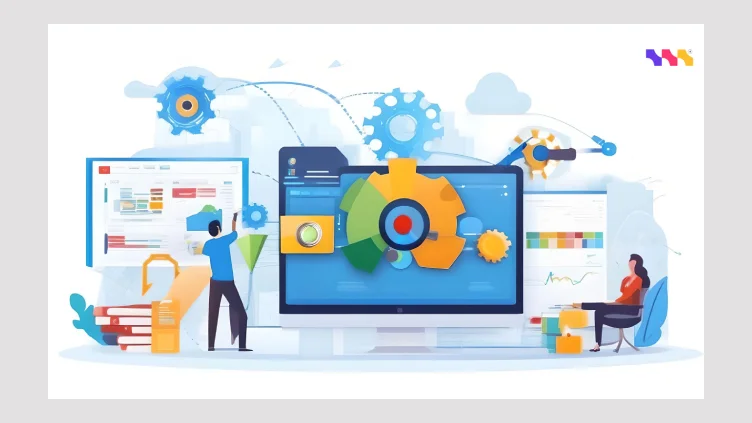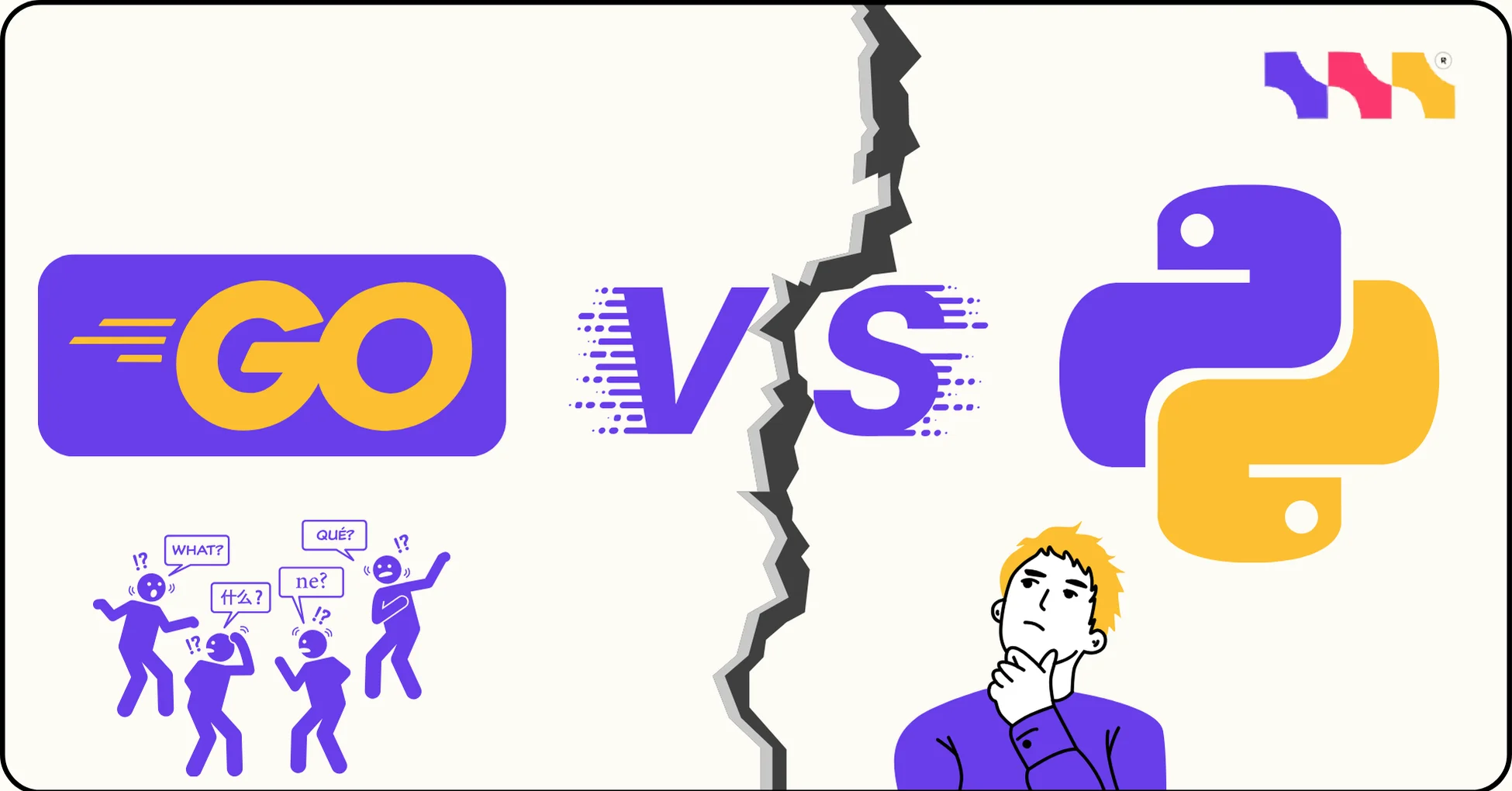.webp)
Multisyn Tech Pakistan’s premier software development firm delivers rapid MVP development, high‑performance web and mobile apps, cloud‑native SaaS products, and scalable custom software. Our agile teams validate, build, and optimize your idea fast with expert UI/UX, QA, and DevOps, so you launch sooner and grow faster.
Introduction
On-page SEO is one of the most crucial pillars of search engine optimization. In 2025, with Google continuously updating its algorithms and putting more focus on user experience, even small SEO errors can prevent your content from ranking. Many website owners unknowingly make simple on-page SEO mistakes that can cost them valuable traffic. In this detailed guide, we will break down the most common on-page SEO mistakes and explain how you can fix them effectively.
Whether you're a business owner, blogger, or digital marketer, this post will help you avoid pitfalls and fine-tune your content to improve visibility and rankings.
1. Ignoring Title Tags and Meta Descriptions
Your title tag and meta description are the first things users see on the search engine results page (SERP). Yet, many websites still overlook their importance. Issues like duplicate titles, missing meta descriptions, or tags that are too long can confuse search engines and discourage users from clicking.
Fix:
-
Write unique title tags for each page.
-
Keep them under 60 characters.
-
Write compelling meta descriptions under 160 characters that include your target keyword.
-
Use SEO plugins like Yoast or Rank Math to audit and optimize meta tags effectively.
By crafting keyword-rich, user-friendly meta tags, you’ll increase your click-through rate (CTR) and support higher rankings.
2. Keyword Stuffing and Poor Keyword Targeting
Keyword stuffing—overusing your main keyword to manipulate search engines—is a dated tactic that now does more harm than good. It makes content unreadable and can trigger penalties from Google.
Fix:
-
Use your target keyword naturally and sparingly.
-
Incorporate semantic keywords and related phrases.
-
Focus on user intent and content relevance rather than keyword density.
-
Tools like Surfer SEO or Clearscope can help guide keyword optimization without stuffing.
Remember: it’s better to have well-structured content with natural keyword use than keyword-heavy fluff.
3. Thin or Duplicate Content
Google prioritizes unique and valuable content. Thin content (under 300 words) or pages with duplicate text can damage your rankings and reduce trust in your site.
Fix:
-
Create in-depth, informative content for each page.
-
Use tools like Copyscape to check for duplicate content.
-
Enhance thin content with additional value: statistics, examples, FAQs, and visual media.
-
Update old content regularly to keep it fresh.
Originality and depth signal authority and expertise—core components of Google's E-E-A-T guidelines.
4. Poor Internal Linking Strategy
Internal linking helps search engines understand your site structure and distributes page authority. Yet many sites have broken links, orphaned pages, or poorly optimized anchor text.
Fix:
-
Create a logical internal linking map.
-
Use keyword-rich anchor text.
-
Fix broken links using tools like Screaming Frog or Ahrefs.
-
Link older blog posts to newer content and vice versa.
An optimized internal linking structure enhances both crawlability and user experience.
5. Missing or Poor Use of Heading Tags
Headings (H1, H2, H3) help organize your content and make it more scannable for users and search engines. Many websites misuse these tags or fail to use them altogether.
Fix:
-
Use only one H1 tag per page—usually the title.
-
Use H2 and H3 tags for subheadings and structure.
-
Include keywords in your headings where it makes sense.
Proper heading structure improves readability and helps Google better understand your content hierarchy.
6. Not Optimizing Images
Images can significantly impact SEO, yet many site owners skip optimizing them. Uncompressed images slow down page speed, and missing alt text is a missed opportunity for ranking in image search.
Fix:
-
Use descriptive filenames (e.g., red-running-shoes.jpg).
-
Include relevant keywords in alt text.
-
Compress images using tools like TinyPNG or ShortPixel.
-
Use next-gen formats like WebP when possible.
Well-optimized images improve UX, boost SEO, and enhance accessibility.
7. Skipping Mobile Optimization and Page Speed
In 2025, Google uses mobile-first indexing, meaning your mobile version is the primary version indexed. A slow or poorly designed mobile site will kill your rankings.
Fix:
-
Use responsive design that adapts to any screen size.
-
Optimize page speed using Google PageSpeed Insights and Lighthouse.
-
Implement lazy loading for images and minimize JavaScript/CSS.
Fast, mobile-friendly sites provide a better user experience and rank higher.
8. Not Using Schema Markup
Schema markup helps search engines understand your content and enables rich snippets (stars, FAQs, pricing, etc.). Skipping schema is a missed chance to stand out in SERPs.
Fix:
-
Use JSON-LD format for structured data.
-
Implement schemas for articles, products, reviews, events, and more.
-
Test your markup using Google’s Rich Results Test tool.
Schema enhances visibility and can dramatically improve CTR.
9. Overlooking URL Structure and Canonical Tags
Messy URLs and missing canonical tags confuse both users and search engines. This can lead to duplicate content issues and lower rankings.
Fix:
-
Use short, keyword-rich, hyphen-separated URLs.
-
Set canonical tags to avoid duplication.
-
Avoid dynamic parameters in important URLs.
A clean URL structure improves indexing and is easier to share.
10. No Content Updates or SEO Maintenance
Publishing content and forgetting about it is a recipe for poor rankings. Google favors content that’s fresh, relevant, and updated regularly.
Fix:
-
Audit your content quarterly.
-
Refresh outdated facts, stats, and links.
-
Re-optimize metadata and improve internal links.
Consistent updates show search engines that your site is active and trustworthy.
Bonus: How to Audit and Fix These Issues Efficiently
Performing a regular SEO audit helps catch and fix issues before they hurt your traffic. Use tools like:
-
Screaming Frog for technical and on-page SEO analysis.
-
Ahrefs or SEMrush for content and backlink audits.
-
Google Search Console for indexing and performance data.
Start with pages that already get traffic and work your way through low-performing pages. Prioritize fixes that are easy wins: title tags, meta descriptions, and broken links.
Conclusion
On-page SEO in 2025 is more than just keywords and meta tags. It's about delivering a top-tier user experience, creating valuable content, and maintaining technical health. By avoiding the mistakes above and implementing the right fixes, you'll be well on your way to climbing the rankings and staying ahead of your competition.
Take the time to perform an on-page SEO audit today—you might be surprised at the small changes that can make a big difference. Need help? Download our free SEO checklist or book a free consultation to optimize your site.
FIND US:
Multisyn Tech Pakistan’s premier software development firm delivers rapid MVP development, high‑performance web and mobile apps, cloud‑native SaaS products, and scalable custom software. Our agile teams validate, build, and optimize your idea fast with expert UI/UX, QA, and DevOps, so you launch sooner and grow faster.
Related Blogs

© 2025 MULTISYN TECH



